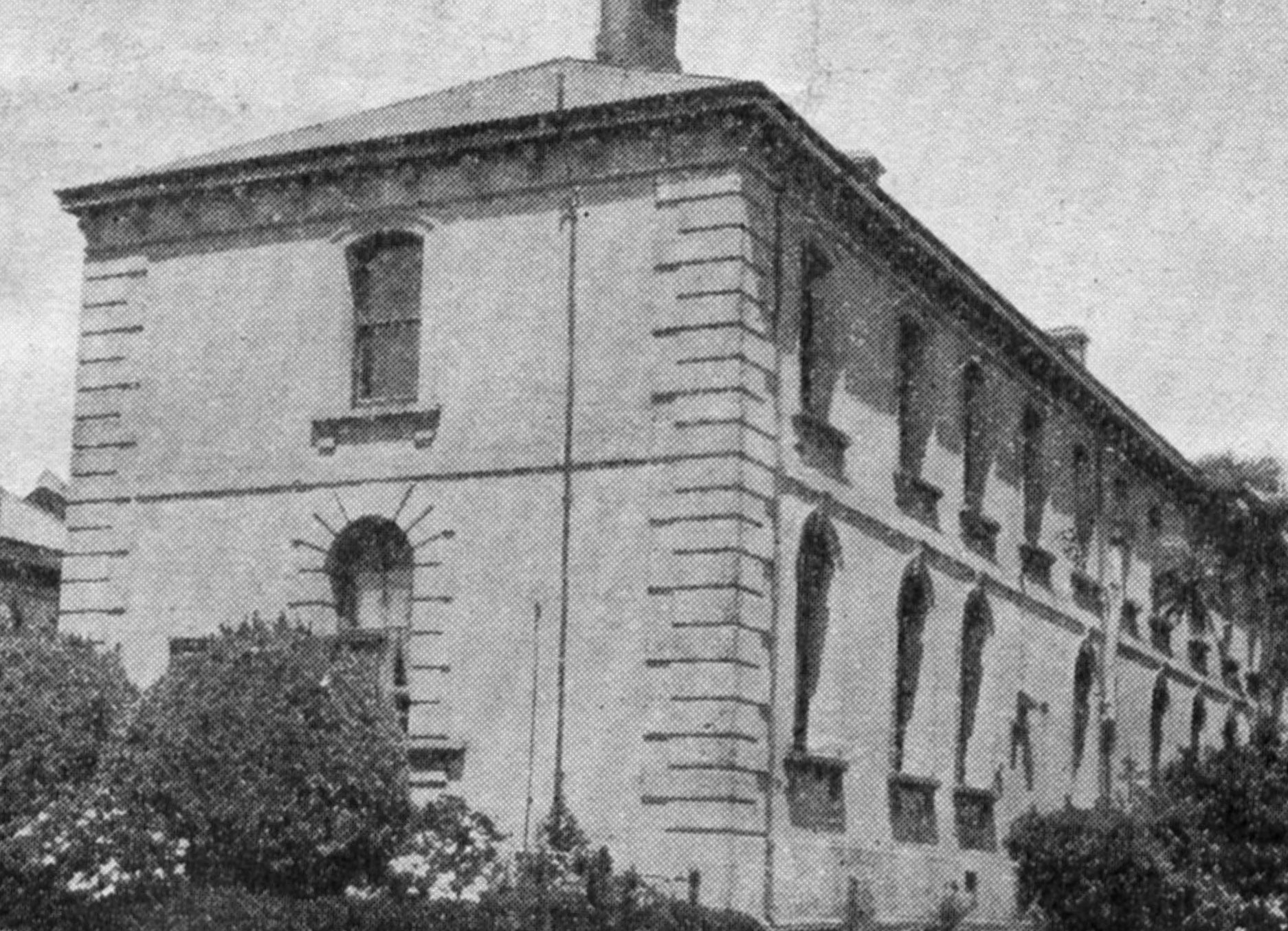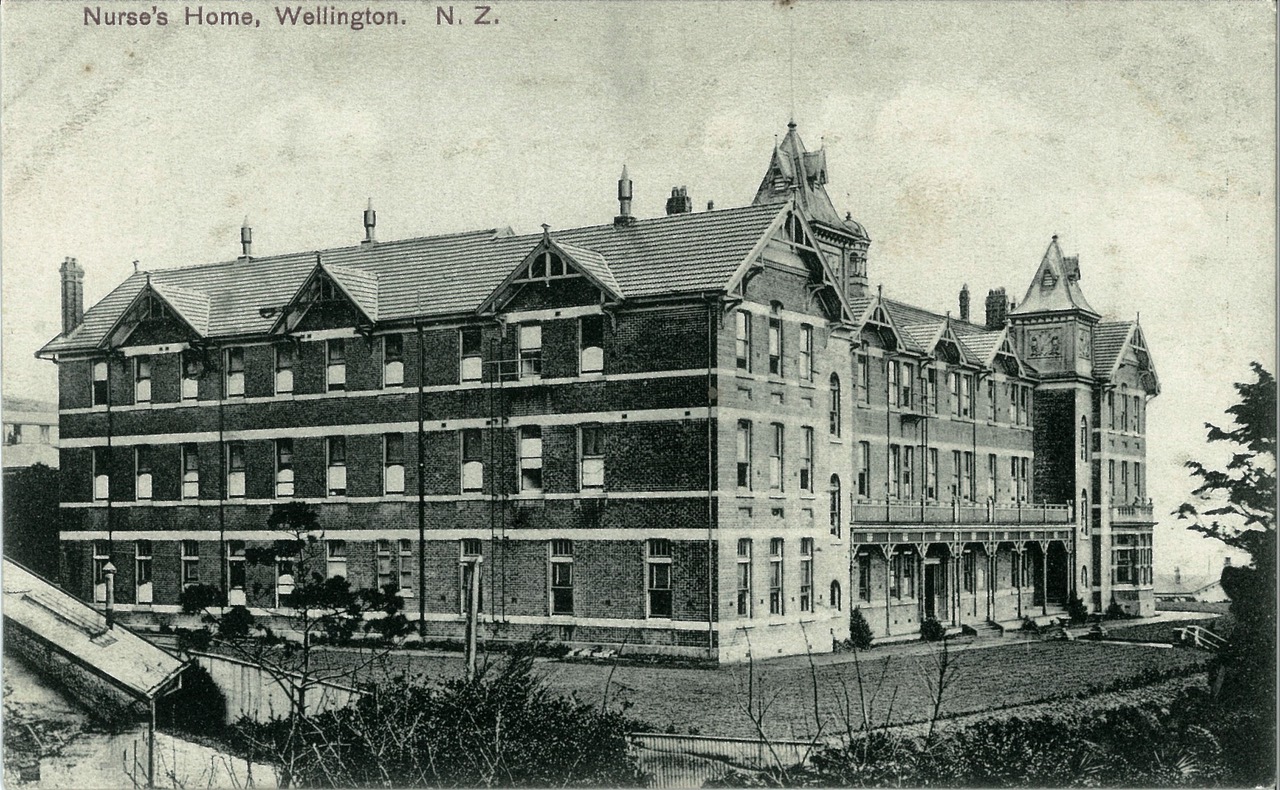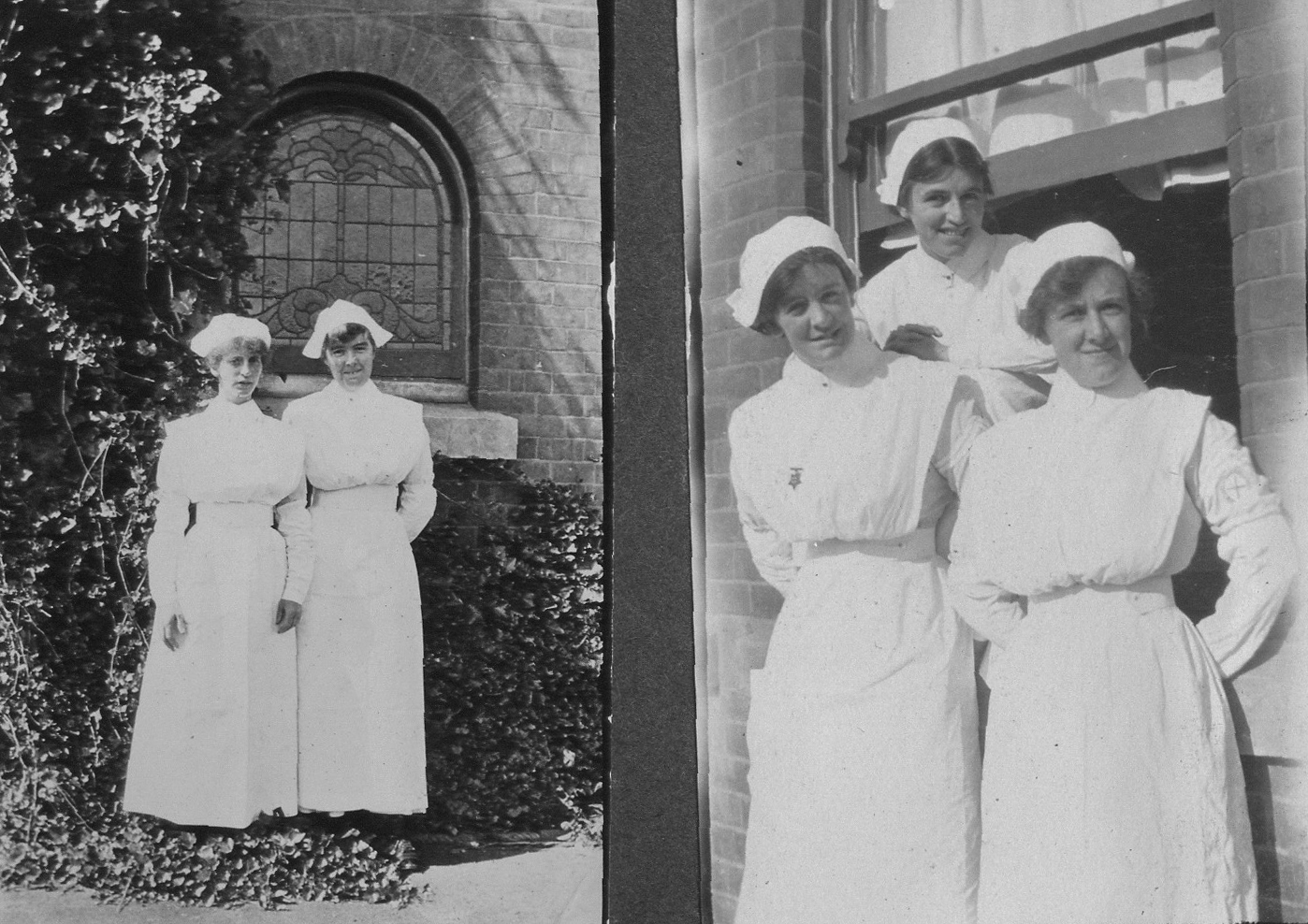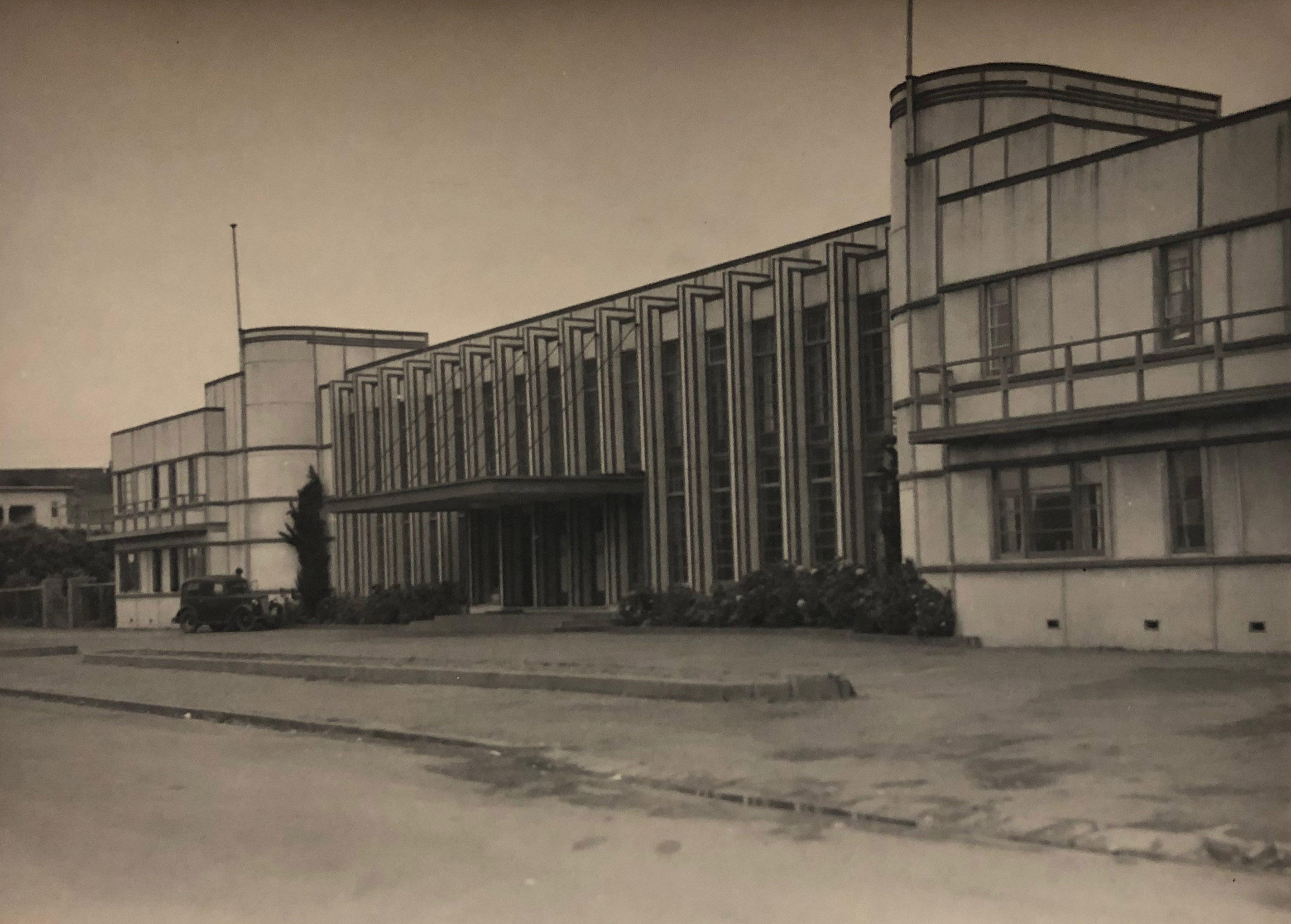Wellington Hospital nurses' accommodation
Find out about accommodation for student nurses at Wellington Hospital in times gone by.

This article is part of a significant collection of historic digital content about Wellington Regional Hospital, providing insights into our history of health.
For the first seven years after the opening of the Newtown Hospital, nurses were accommodated at the rear of each ward. As staff numbers began to grow, this arrangement became inadequate and plans for a new building were announced in 1886. This two story block would have bedrooms for twenty nurses on the first floor, and on the ground floor would be Matron's quarters, a nurses' dining room, beds to accommodate sick children, an area for outpatients and a lecture room. The block, which opened in 1888, would come to be known as the Matron's Block.
However, these extra rooms for nurses did not provide for all who needed accommodation. One probationer, Mildred Rees who joined the staff in 1891, told a reporter in later years, "On joining the hospital, she was quartered with three other probationers in a bedroom along-side the morgue since then, as now, accommodation was cramped. Often the nurse would be awakened by the midnight arrival of another occupant next door. As there was no hot water in this part of the building, each day began with a cold bath for these Spartans."
Caption for top image: Nurses home, 1915. Wellington Hospital Archives, as gathered by Ron Easthope, honorary archivist. Further image details unknown; reproduced with permission from Health New Zealand | Te Whatu Ora.
On 5 November 1902, the NZ Times reported:
“Apropos of the matter of hospital accommodation, the resident medical officer of the Wellington District Hospital has submitted the following suggestions to the Hospital Trustees:- That a Nurses' Home be erected, to consist of two sitting-rooms (one for the sisters, and one for the nurses); one dining-room and pantry adjoining (for eighty nurses); class-room and nurses' library (one for at least sixty nurses); two rooms, an office, and small pantry for home sister; one small visitors' room; one linen room; one box-room; one large and one small sick-rooms; one separate bedroom for each nurse, sufficient to contain press, table, chair, bookshelf, washstand and bedstead; a kitchen, scullery, storeroom, pantry, coalroom, etc., for cook and other servants; bathrooms, lavatories, etc., conveniently distributed. Dr Ewart further recommends that for a beginning accommodation to be provided for seventy nurses and four servants, the bedrooms for nurses on night duty to be cut off from the noise of the home. The classroom should be large enough to seat about fifty nurses, and it might be used as a library and study room. One of the sick rooms should be large enough to receive four sick nurses; the other to isolate a nurse if infectious disease be suspected. The foregoing suggestions were favourably spoken of by the trustees at their meeting yesterday.”
The Nurses' Home was duly built and the NZ Times reported on 2 September, 1904:
“The Nurses' Home, built in the grounds of the Wellington Hospital, is almost ready for use. It is a handsome and substantial building in brick, facing the west, with a frontage of 160ft by a depth of 100ft, and has three floors. The design is in the shape of the letter T. At the main entrance, in the centre of the front wing, a vestibule of 9ft by 5ft leads into a spacious hall 9ft by 12ft, which is flanked by an office and a room for visitors. Near the office is the matron's apartment and a sitting-room 27ft 6in by 20ft 9in, for the sisters, while on the opposite side of the hall is the nurses' sitting-room, 38ft by 24ft, and behind this a bicycle room. On this floor also there is a large ward 38ft by 24ft for sick nurses, and adjoining it a ward 17ft by 16ft for isolated cases."
“To the central wing, which runs at right-angles to the front wing, access is gained by the main corridor running from the main entrance. On one side of this corridor is a spacious dining-room, 42ft by 23ft, and on the other the kitchen, scullery, pantry, store-rooms, etc. The first floor has thirty-three bedrooms for the nurses, and a nurses' lecture-room, 68ft by 24ft; and on the second floor there are thirty-nine bedrooms for the nurses. The front of the building is relieved by three gables, and a balcony runs almost its whole length. The front elevation is of pressed brick, while the remainder of the building is of stucco. The interior is plastered throughout. Messrs Penty and Blake are the architects, and Messrs Davis and Browman the builders, the sub-contractors being - Plumbing, Messrs Davis and Co.; painting, Mr R. Carpenter. Mr W. C. Watson was clerk of works. A gas-lighting plant has been installed by the Wellington Gas Company. Electric light wires have also been fixed throughout the building by Messrs Andrews and Manthel.”
The Nurses' Home was duly opened on 26 October, 1904 by Lord Plunket, the Governor. Pictured here is the new home, dominant in relation to other hospital buildings of that time.
This building would be a happy home to a succession of student and trained nurses for years to come. The happiness is reflected in the photographs from the time.
"On joining the hospital, I was quartered with three other probationers in a bedroom along-side the morgue since then, as now, accommodation was cramped. Often the nurse would be awakened by the midnight arrival of another occupant next door." - nurse Mildred Rees






